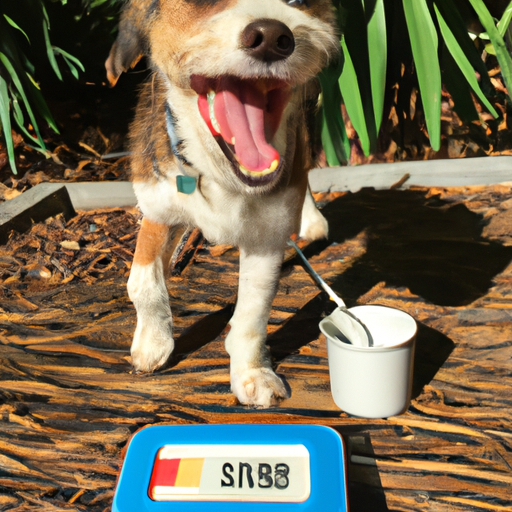As a loving and responsible caregiver, you’re always on the lookout for your furry friend’s wellbeing. But have you ever wondered how the summer heat affects your canine companion? Let’s delve into this important topic.
1. Dehydration and Heatstroke
Just like you, your dog can also suffer from dehydration and heatstroke during hot weather. Dogs cool themselves by panting and through a few sweat glands in their foot pads. But these are not enough when the temperature rises considerably.
-
Dehydration: This occurs when your dog loses more fluids than they’re consuming. Signs of dehydration include dry gums, excessive panting, and lethargy. Always ensure your dog has access to fresh water, particularly in hot weather.
-
Heatstroke: Dogs can’t sweat like we do. So, they’re more susceptible to heatstroke. Symptoms include excessive panting, reddened gums, uncoordinated movement, and collapse.
2. Burned Paw Pads
You might love the feeling of warm pavement under your bare feet, but for your pet, this can be painful. Dog’s paw pads can be sensitive and can easily burn on hot surfaces. To test the ground temperature, place your hand or bare foot on the surface for ten seconds. If it’s too hot for you, it’s too hot for your dog.
3. Changes in Behavior and Appetite
Heat can influence your dog’s behavior and appetite. You may notice that your pooch is less active or eating less during hot weather. This is because dogs expend energy to cool down, which can make them lethargic. Similarly, their appetite may decrease due to the heat.
4. Increased Parasites
Hot weather also means a higher risk of parasites like fleas, ticks, and heartworms. These pests thrive in warm climates, and can pose a significant risk to your dog’s health.
| Parasite | Symptoms | Prevention |
|---|---|---|
| Fleas | Excessive scratching, redness, hair loss | Regular flea treatments |
| Ticks | Fever, loss of appetite, unsteady gait | Tick repellents, regular check-ups |
| Heartworms | Coughing, fatigue, weight loss | Heartworm preventatives |
5. Sunburn
Yes, dogs can get sunburned too! Dogs with short, thin coats or lighter skin are particularly susceptible. Common areas of sunburn include the nose, ears, and belly. You can protect your dog by applying pet-safe sunscreen or keeping them in the shade during peak sun hours.
FAQs
Q: How can I help my dog stay cool in the summer?
A: Provide plenty of fresh water, offer a cool place to rest, avoid walks during peak heat hours, and consider cooling mats or kiddie pools.
Q: Can dogs wear shoes in summer to protect their paws?
A: Yes, dog booties can protect your dog’s paws from hot pavement. Just ensure they are comfortable and fit well.
Q: Should I shave my dog to keep them cool?
A: Not necessarily. A dog’s coat can provide insulation from the heat. It’s best to consult with your vet before making any drastic changes to your dog’s coat.
Remember, as a caregiver, your dog’s health and comfort are in your hands. Stay vigilant in hot weather and take the necessary precautions to ensure your furry friend stays cool and happy all summer long.



